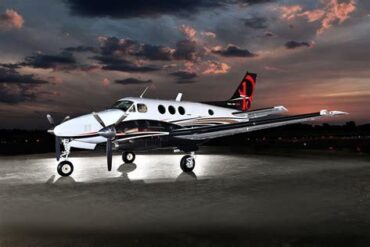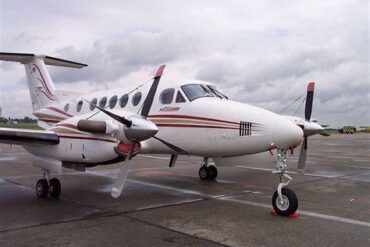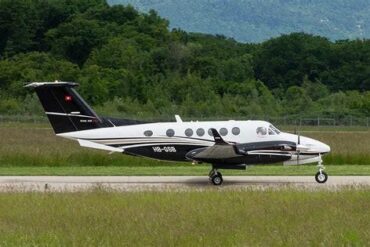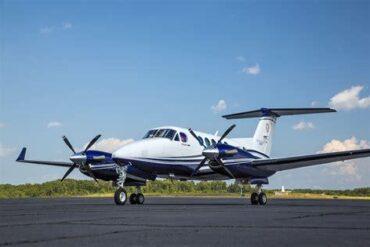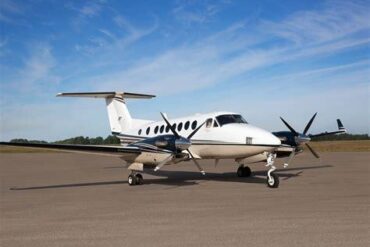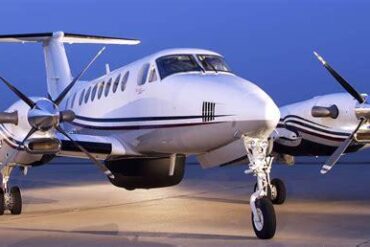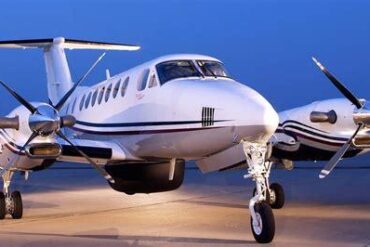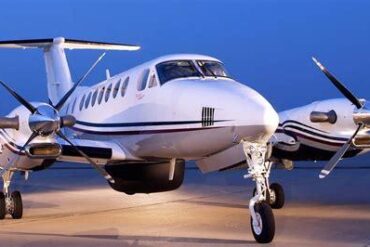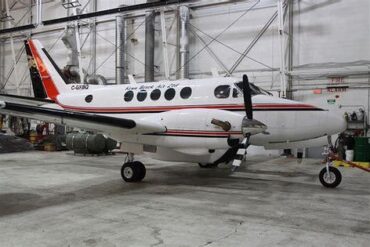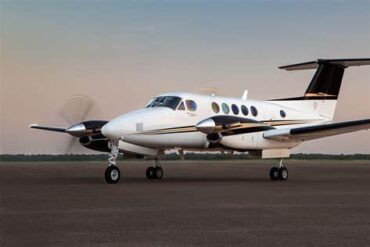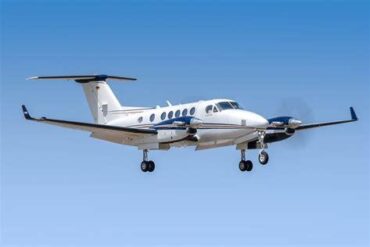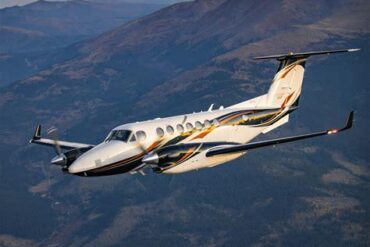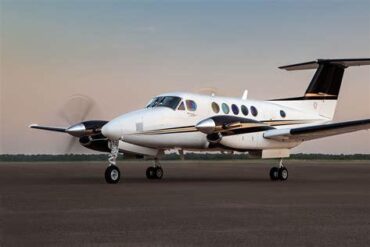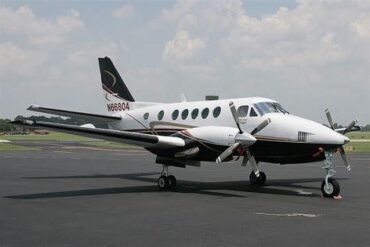The Beechcraft King Air C90 XP135A stands as a remarkable aircraft in the realm of business aviation. Known for its reliability, versatility, and impressive performance capabilities, it has become a popular choice among corporate pilots and private owners alike. In this article, we will delve into the intricacies of the C90 XP135A, exploring its price, operating costs, and other essential factors that potential buyers should consider.
Overview of Beechcraft King Air C90 XP135A
The C90 XP135A is an enhancement of the iconic King Air C90 series, offering improved performance and efficiency. This twin-engine turboprop aircraft is renowned for its ability to operate from shorter runways while providing a comfortable cabin environment for passengers. With a maximum cruise speed of approximately 180 knots and a range of around 1,500 nautical miles, the C90 XP135A is designed for both short hops and longer journeys, making it an ideal choice for various missions.
Key Specifications
-
Length: 28.2 ft (8.59 m)
-
Wingspan: 50.2 ft (15.29 m)
-
Height: 14.4 ft (4.39 m)
-
Maximum Takeoff Weight: 10,500 lbs (4,760 kg)
-
Maximum Payload: Approximately 3,000 lbs (1,361 kg)
Price of Beechcraft King Air C90 XP135A
When considering the purchase of a Beechcraft King Air C90 XP135A, prospective buyers should be aware of the price range associated with this aircraft. The cost can vary significantly based on several factors, including age, condition, and installed equipment.
New vs. Used Pricing
For a new C90 XP135A, the base price typically starts around $3 million. However, when you factor in additional options, customizations, and avionics upgrades, the price can climb to over $4 million.
On the other hand, the used market offers a more diverse pricing landscape. Depending on the year of manufacture and overall condition, prices for pre-owned models can range from $1.5 million to $3 million. It is crucial for buyers to conduct thorough inspections and evaluations to ensure they are making a sound investment.
Factors Influencing Price
Several factors can influence the final price of a C90 XP135A:
-
Aircraft Age: Older models generally have lower price tags but may require more maintenance and upgrades.
-
Condition: Well-maintained aircraft with complete logs and records command higher prices.
-
Avionics and Equipment: Modern avionics packages and additional features can significantly increase the value of the aircraft.
-
Market Demand: Seasonal trends and economic conditions can also impact pricing.
Operating Costs of Beechcraft King Air C90 XP135A
Understanding the operating costs is crucial for any aircraft owner or operator. The operating costs of the C90 XP135A include various components such as fuel, maintenance, insurance, crew salaries, and other fixed and variable expenses.
Fuel Costs
The fuel consumption of the C90 XP135A is approximately 30 gallons per hour under normal operating conditions. Given the average price of aviation fuel, which fluctuates but generally hovers around $5 per gallon, the fuel cost translates to about $150 per hour.
Maintenance Costs
Maintenance is a significant aspect of aircraft ownership. The C90 XP135A requires regular inspections and maintenance checks, which can be categorized into:
-
Routine Maintenance: Typically ranges from $25,000 to $50,000 annually depending on usage.
-
Major Overhauls: Engine overhauls can cost anywhere from $300,000 to $500,000, depending on engine condition and hours flown.
-
Parts Replacement: Regular parts replacements and repairs can add another $15,000 to $30,000 per year.
Insurance Costs
Insurance is another critical factor that affects the overall operating costs. On average, insurance premiums for the C90 XP135A can range between $15,000 and $25,000 annually. Factors influencing insurance rates include pilot experience, aircraft value, and operational use.
Crew Salaries
For those operating the C90 XP135A commercially or for frequent flights, crew salaries must be factored into the operating costs. A typical salary for a captain can range from $70,000 to $120,000 per year, depending on experience and location.
Other Costs
Additional costs that should be considered include:
-
Hangar Fees: Ranging from $500 to $2,000 monthly, depending on location.
-
Landing Fees: Vary by airport but can range from $50 to $500 per landing.
-
Miscellaneous Costs: Training, licensing, and supplies can add up to $10,000 to $20,000 annually.
Total Operating Costs Estimate
When combining all these factors, the total operating costs for the Beechcraft King Air C90 XP135A can be estimated at around $400,000 to $600,000 annually, depending on usage and specific operational circumstances. This figure provides a comprehensive overview of what potential owners should budget for when acquiring this aircraft.
Comparative Analysis with Other Aircraft
In the context of other aircraft in its class, the C90 XP135A holds a competitive position. When compared to similar twin-engine turboprops like the Piper Navajo or Cessna 340, the King Air’s performance, range, and payload capacity often justify its higher price point.
Performance Comparison
-
Piper Navajo: While it is a capable aircraft, it generally offers lower cruise speeds and a shorter range compared to the C90 XP135A.
-
Cessna 340: Although it has a slightly lower acquisition cost, it lacks the same level of cargo capacity and cabin comfort.
Cost Efficiency
Despite potentially higher operating costs, the C90 XP135A often proves to be a more economical option in terms of flight hours and passenger comfort. Businesses seeking efficiency will find that the operational advantages can outweigh the upfront costs.
Conclusion
The Beechcraft King Air C90 XP135A is undoubtedly a strong contender in the world of turboprop aircraft. With its unique blend of performance, comfort, and versatility, it serves as an excellent investment for both corporate and private operators. Understanding the price and operating costs associated with this aircraft is crucial for making informed decisions. By carefully evaluating these factors, prospective buyers can ensure they select an aircraft that aligns with their operational needs and financial expectations.

